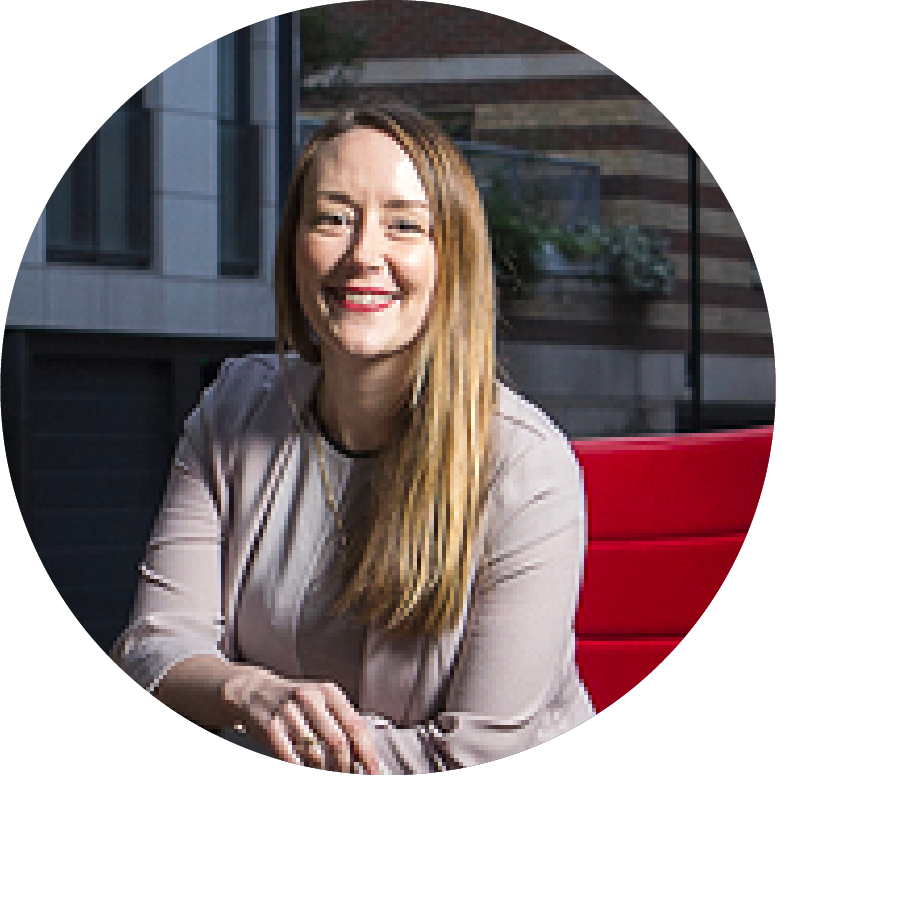Agile coaching
Organisational change starts with people: here's how you inspire and drive it
01 November 2021 • 5 min read
.png?width=1920&height=836&name=Organisational%20change%20starts%20with%20people-%20heres%20how%20you%20inspire%20and%20drive%20it%20(1).png)
“Never doubt that a small group of thoughtful, committed citizens can change the world; indeed, it's the only thing that ever has.”
- Margaret Mead
These words of anthropologist Margaret Mead are a useful corrective to anyone that’s ever considered themselves powerless. The implications are huge and expand to just about every sphere of life, but we want to look at one small corner of it: leadership and agile.
Read next: The trouble with Gantt charts
Agile changes culture by changing people
The ability to effect change at work is not only crucial to job satisfaction, it’s also vital to success. It’s unsurprising, then, that so much of our work as a team of Agile coaches is focused on culture change.
But it is also particularly challenging. There are a number of reasons for this, but in general they are emotional reasons. Cultural change often makes people fearful and hesitant, unsure of how a situation will evolve. In times of uncertainty and instability, it’s natural for people to be wary of big changes at work.
It’s the job of Agile Coaches - and, indeed, organisational leadership - to make change as easy as possible. It’s vital to emphasise how change benefits team members, both individually and for the organisation as a whole. From this perspective, it’s possible to see why we often talk about agile as a technique for building up an organisations’ adaptability muscles.
Far from being a simple set of tools and techniques, it’s instead a mindset that is built into the way everyone thinks, acts, makes decisions, and ultimately solves problems.
Think about this in practical terms. A switch from estimating work in ‘mandays' to ‘story points’ clearly isn't sufficient to embed agility. It requires a sustained effort to build a culture of collaboration, continuous improvement and experimentation that cross-functional, high performing teams need in order to thrive. Essentially, agile is an iterative approach to solving problems, breaking down large, potentially risky ideas into smaller chunks. That requires a fairly fundamental change in approach, not simply a few new techniques and processes.
A clear vision
The first step on this cultural change is a clear vision of where you’re headed. This requires you to clearly articulate the benefits of that vision for both your customers and employees.
When developing your vision, ask yourself what will our teams find motivating from this? While we might assume that everyone inside an organisation will want to deliver value to customers, when a change is seriously impacting your employees' lives, you need to be able to answer exactly what’s in it for them.
If - or when - your employees begin asking why? make sure that you’re engaging with them. It’s vital that you listen to their fears and concerns empathetically; you can be customer-centric while still valuing and respecting your team - it’s not a zero-sum game.
Read next: How Agile teams can better manage requirements: 3 key questions to answer
Identify role models
To return to Margaret Mead’s line with which we started, one of the most effective ways to enable wider change is to build a small group of role models. These should be exemplars of the culture, behaviours, and benefits that your transformation will bring. Having people who are living the vision you’ve expressed, and showing that it’s real and tangible, will help convince the doubters.
Having a real example of people at various levels who are seeing and feeling the benefits of the transformation, will help others to make the changes needed. That way, the benefits of the change will become more real to others on that journey. This has a snowball effect as momentum builds and people continue to influence others.
You may not have these role models identified from the start, and that’s ok! You, yourself, can be the first role model. As you start to make changes, identify those who are an example and try to involve them. If they’re enthusiastic about your transformation it’ll be infectious to others!
Break down big ambitions into achievable chunks of progress
Culture change doesn’t happen overnight. It requires many people and teams to change both their individual and collective habits. Think about how hard it is to make a change to your personal lifestyle (such as regularly eating your 5-a-day or doing the recommended amount of exercise a week), and then imagine the effort to make that happen across 10, 50 or 100+ people. It takes time, patience, and support. The best way to approach it is to break it down into lots of small goals and to celebrate the wins along the journey. That allows you to learn and improve as you go.
We often hear people say things like:
- “I get why this is the change we need to make, but it’ll never work until the whole company gets on board”
- ”It’ll never happen until the leaders change their ways of doing things as well.”
- ”We can’t do agile until all the other teams are also agile.”
Embedded within these attitudes can be a reluctance to go first, to be the ones to try it out and be a role model to others. It also stems from an inability to break down bigger ambitions into smaller, incremental steps. One agile team in one department can, over time, spread to other teams, other departments, and other leaders. If you wait for the entire company to be agile before you’re willing to give it a go, then you could be waiting a long time!
The 5 ingredients to successfully enable change
To conclude, there are 5 ingredients that can help you to successfully enable change:
- Paint a clear, meaningful, motivating vision and purpose
- Lead by example, day in and day out, most importantly when it’s hard
- Identify key influencers and help them to generate enthusiasm, momentum and support
- Slowly bring people along with you on the journey - recognising people change at different paces - meet people where they’re at and support them
- Break down big ambitions into smaller achievable chunks of progress
Trying to make changes in your teams and organisation? Talk to us about how we can work together.



